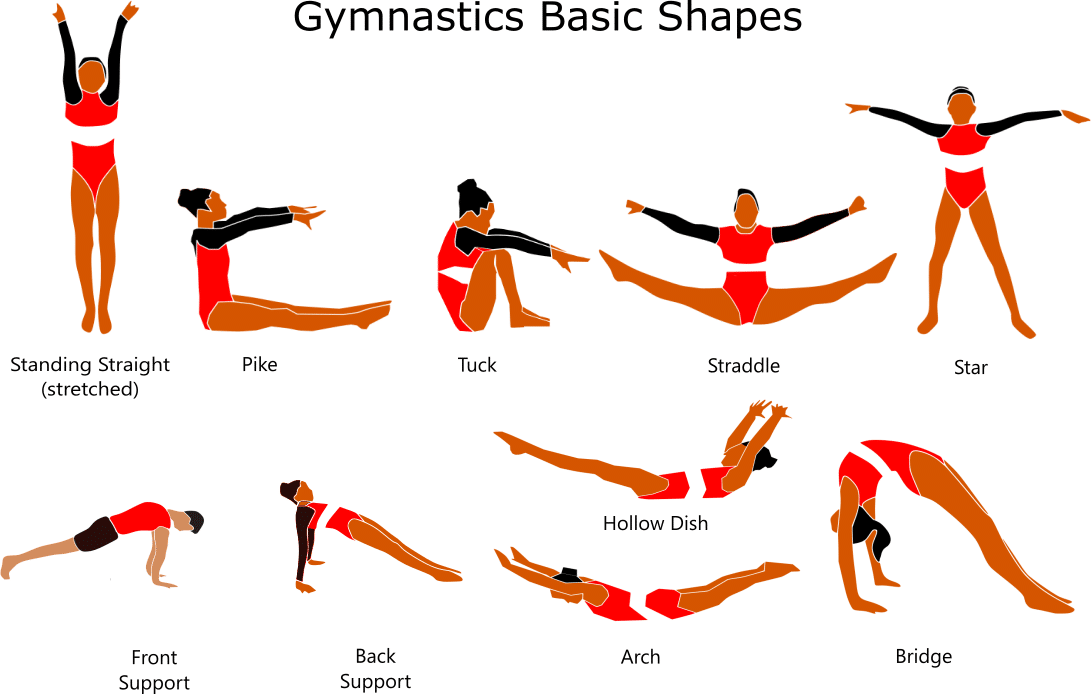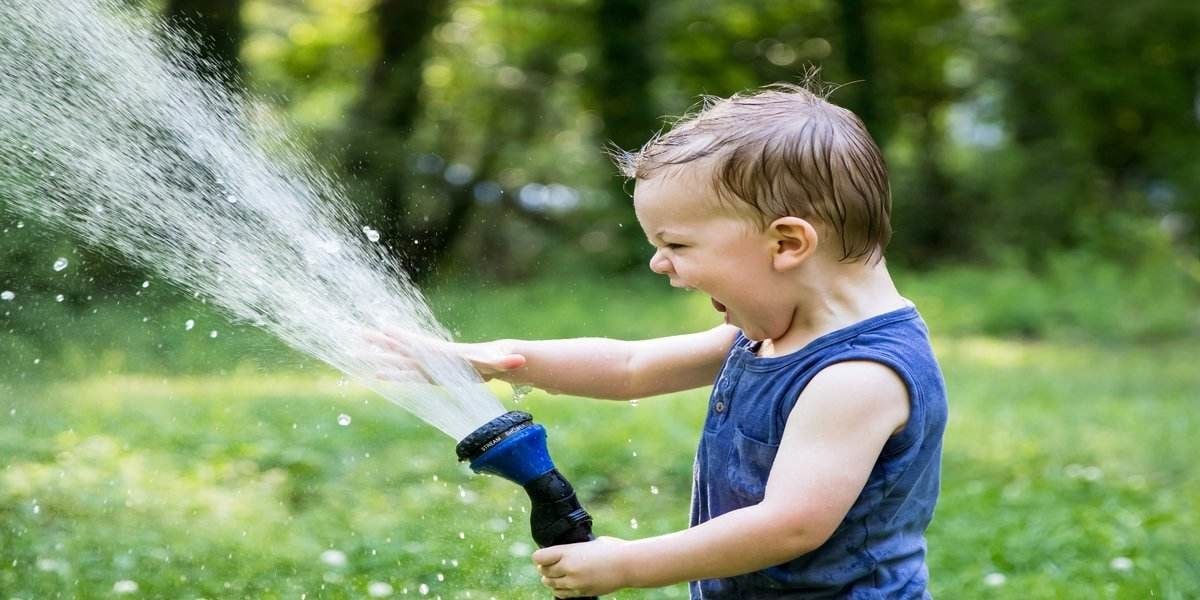10 Essential Gymnastics Skills for Beginners to Master

Introduction
Embarking on a gymnastics journey can be both thrilling and daunting for beginners. The sport demands a unique blend of strength, flexibility, agility, and mental focus. As a novice gymnast, it’s crucial to build a solid foundation by mastering essential skills that will serve as the building blocks for more advanced techniques. In this comprehensive guide, we’ll explore the 10 most critical gymnastics skills for beginners, providing expert insights, practical tips, and a structured approach to help you develop proficiency and confidence.
1. Forward Roll: The Foundation of Gymnastics Movement
The forward roll is a fundamental skill that teaches beginners how to control their body movement and maintain proper form. It’s an essential building block for more complex rolls, flips, and twists.
Expert Insight: “The forward roll is not just about the physical movement; it’s about developing body awareness and control. Focus on maintaining a tight, compact shape throughout the roll to ensure proper technique.” – Sarah, Gymnastics Coach with 15 years of experience.
2. Cartwheel: Developing Balance and Coordination
The cartwheel is a classic gymnastics skill that helps beginners develop balance, coordination, and spatial awareness. It’s an excellent exercise for building upper body strength and preparing for more advanced skills like aerials and walkovers.
3. Handstand: Building Upper Body Strength and Confidence
The handstand is a crucial skill for gymnasts, as it forms the basis for many advanced techniques, including vaults, bars, and floor routines. Mastering the handstand requires a combination of upper body strength, core stability, and mental focus.
4. Bridge: Enhancing Flexibility and Spinal Mobility
The bridge is an essential skill for developing flexibility, spinal mobility, and body control. It’s a fundamental component of many gymnastics elements, including backbends, walkovers, and aerial cartwheels.
5. Round-off: The Building Block of Tumbling
The round-off is a critical skill in gymnastics, serving as the foundation for tumbling passes and floor routines. It combines elements of the forward roll, cartwheel, and handstand, making it an excellent exercise for developing overall body control and coordination.
6. Backbend: Developing Spinal Flexibility and Control
The backbend is a challenging yet rewarding skill that requires a high degree of spinal flexibility and control. It’s an essential component of many gymnastics elements, including walkovers, aerials, and back handsprings.
7. Split: Enhancing Leg Flexibility and Balance
The split is a fundamental skill in gymnastics, requiring a high degree of leg flexibility and balance. It’s an essential component of many elements, including leaps, jumps, and floor routines.
8. Leap: Developing Power and Precision
Leaps are an essential component of gymnastics, requiring a combination of power, precision, and body control. They’re commonly used in floor routines, beam routines, and vault run-ups.
9. Handstand Forward Roll: Combining Skills for Advanced Techniques
The handstand forward roll is an advanced skill that combines elements of the handstand and forward roll. It’s an essential building block for more complex techniques, including vaults, bars, and floor routines.
10. Basic Jumps: Developing Lower Body Power and Control
Basic jumps, such as the tuck jump, straddle jump, and pike jump, are essential skills for developing lower body power, control, and body awareness. They’re commonly used in floor routines, vault run-ups, and beam routines.
How long does it take to master these essential gymnastics skills?
+The time it takes to master these skills varies depending on individual factors such as age, fitness level, and practice frequency. Generally, beginners can expect to spend several months to a year developing proficiency in these essential skills. Consistent practice, proper coaching, and a gradual progression are key to success.
Can adults learn gymnastics, or is it only for children?
+Adults can absolutely learn gymnastics, although the learning curve may be steeper due to differences in flexibility, strength, and recovery time. Many gyms offer adult gymnastics classes, and with proper coaching and a gradual progression, adults can develop proficiency in essential gymnastics skills.
How can I prevent injuries while learning gymnastics?
+To prevent injuries, it's essential to warm up properly, practice good technique, and progress gradually. Always work with a qualified coach, listen to your body, and avoid pushing yourself too hard or too fast. Incorporating strength training, flexibility exercises, and rest days into your routine can also help reduce the risk of injury.
What equipment do I need to start learning gymnastics?
+For beginners, minimal equipment is required. A gymnastics mat, balance beam, and set of blocks or panels can be helpful for practicing skills safely. As you progress, additional equipment such as bars, vaults, and springs may be necessary. Many gyms provide equipment, so you may not need to purchase your own initially.
How often should I practice gymnastics to see progress?
+Consistency is key when it comes to seeing progress in gymnastics. Aim to practice at least 2-3 times per week, with each session lasting 1-2 hours. As you become more advanced, you may need to increase your practice frequency and duration to continue improving.
Conclusion
Mastering these 10 essential gymnastics skills is a crucial step in building a strong foundation for your gymnastics journey. By focusing on proper technique, consistent practice, and gradual progression, you’ll develop the strength, flexibility, and confidence needed to tackle more advanced techniques. Remember to always work with a qualified coach, listen to your body, and prioritize safety as you pursue your gymnastics goals. With dedication and perseverance, you’ll be well on your way to becoming a skilled and confident gymnast.



